A Complete To Launch Monitors And How They Work
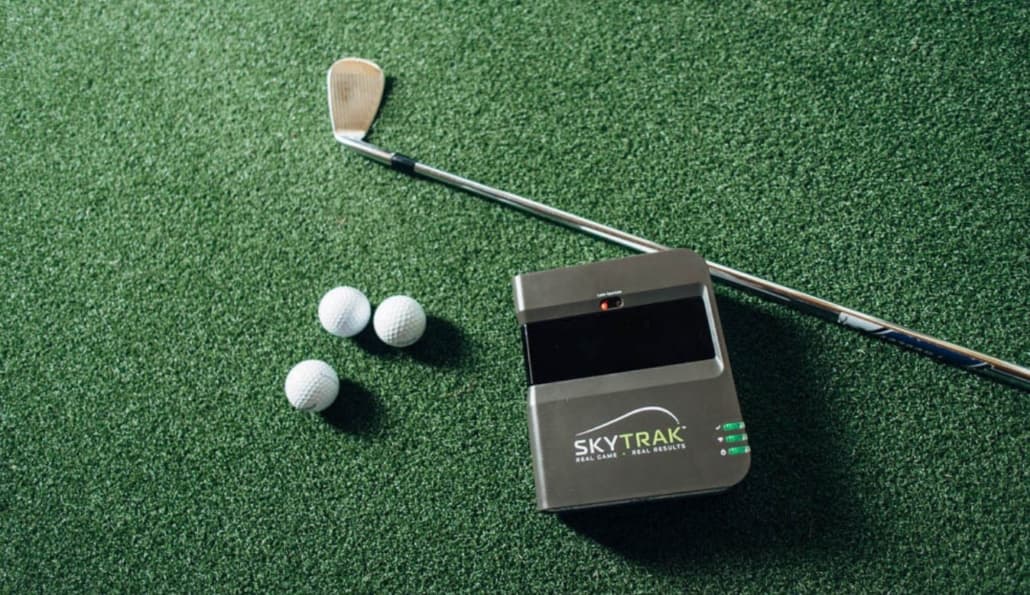
If you walk down the range at tour events these days, every player has a funny box behind them or in beside the ball. What are these things and should you be looking to get one?
These funny boxes are launch monitors and they have revolutionised golf and how we practice. Today, we are going to get into more detail about how they work and why you should consider buying one. After this, you will know your Dopplers from your photometrics and be able to dazzle/bore your mates in the clubhouse bar.
Sounds cool but what is it?
Well to start, they were invented by the US military to test missile technology. This makes them the perfect tool to measure your long bombs at the practice area. They provide us with data on what the ball is doing to make it fly the way it does.
Thousands of readings and complicated mathematical witchcraft go into working out why you’re hitting that slice! Before we go any further let’s discuss the two types of technology that exist, Doppler and photometric.
Doppler Launch Monitors
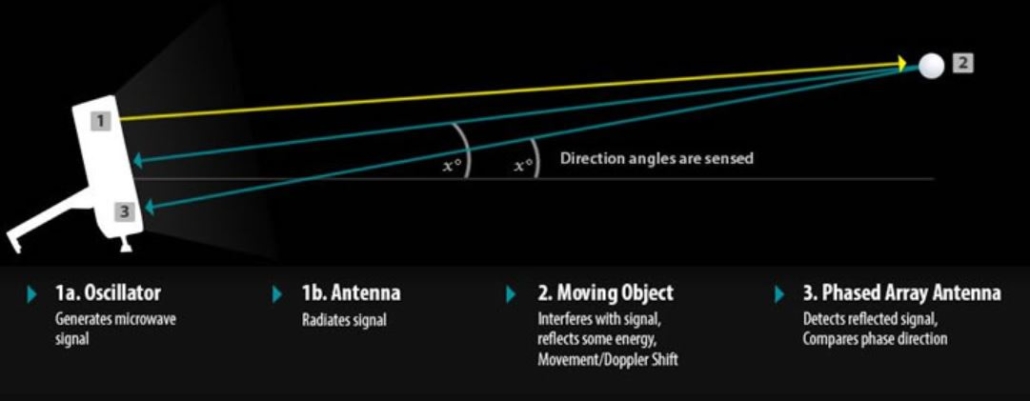
You’re standing beside a road and an ambulance whistles by you with its siren blaring. What do you notice? The tone of the siren changes as it goes by you, it gets lower as it gets further away. This is the Doppler Effect.
What has that got to do with golf and launch monitors? Well, this principle of physics is fundamental to how this particular technology works. As the ball travels away from the monitor, it leaves physical clues as to why it is behaving the way it is.
The radar sends out microwaves and can detect these waves. It is able to work out the interference in these waves that is being caused by the moving ball. This interference is measured and turned into data which is fed into an algorithm.
This is a little twist on the physics of the siren above and one that can revolutionise your golf game. With this wave interference noted by the instrument, some fancy maths and programming can actually then work out exactly what the ball did during its flight.
It gets better, the on-board camera can also capture what your club is doing just before, during and just after impact. That way you can combine information on what your club did and what that meant for the flight of the ball. Data is power!
Photometric Launch Monitors
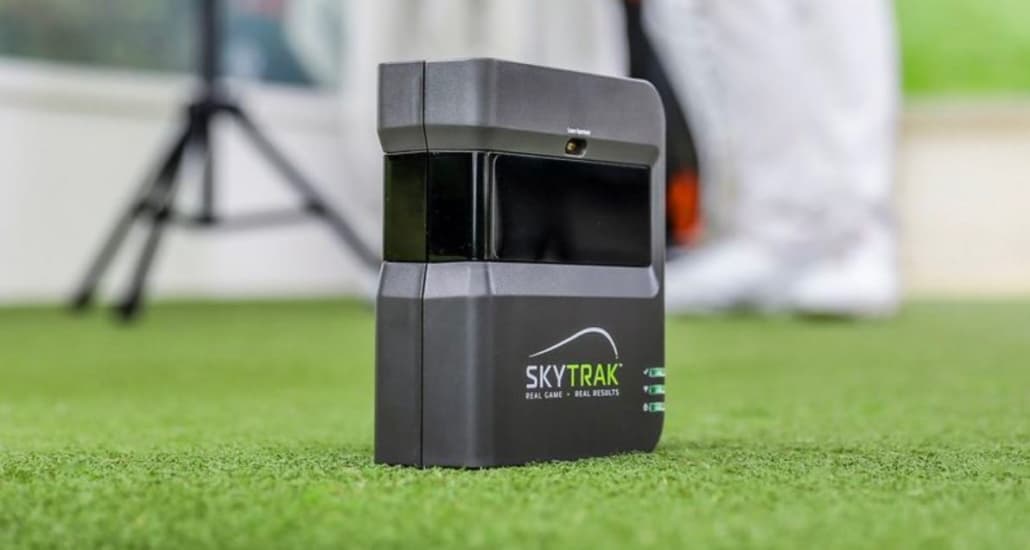
These bits of kit are based on a whole different set of technology but are no-less fascinating. The clue is in the name: photo- pictures, metric- measuring. It’s as easy as that, these monitors use a series of pictures and measurements from these to mathematically simulate a ball flight.
That sounds easy enough but given how little time is involved at impact in golf, in reality it is as astounding as the Doppler technology. When you hit a golf ball with a driver, the club is touching the ball for around 0.0005 seconds. That means that many pictures have to be taken around this very short flash of action.
As the ball is struck, a camera with a very high frame-rate quick grabs a series of pictures. These pictures are then compared and the very early stages of flight are measured. Some things that are considered are acceleration/speed, direction, backspin and sidespin.
Again, this information is fed into highly advanced algorithms which then model the flight that the ball would have taken given what the camera saw. Many of these systems also use these pictures to show the golfer how the club is travelling to and through impact.
Can launch monitors track my monster slice?
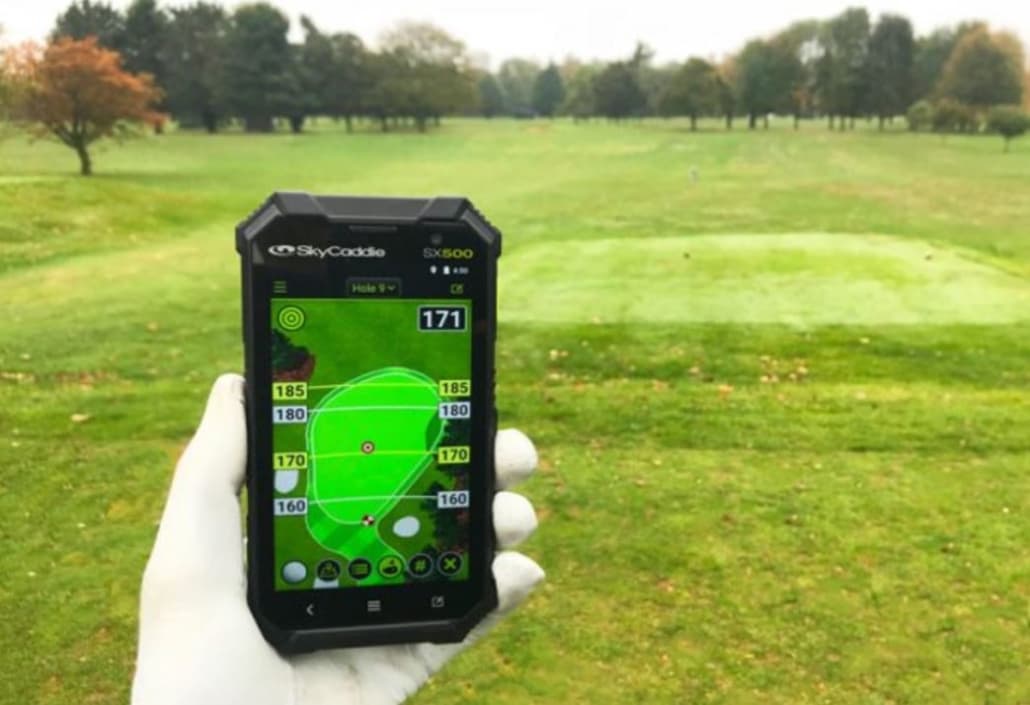
Well, we have touched on this in the last two sections but one of the great things about these pieces of kit are the software that come with them. They are great for visualising your golf shots, even that monster slice, and showing you where the balls would lie on a virtual driving range. Many programmes even draw rings around all of your seven irons, for example, so you can really see how consistent you are hitting it.
One of the most popular stats that has come out of the introduction of monitors to golf is Smash Factor. This number allows golfers to see just how efficiently they are striking the ball and it is very easy to calculate. The number is the result of dividing the speed of the ball by the speed of the clubface.
A ball speed of 170 mph
A clubhead speed of 120 mph
Gives a smash factor of 1.41 (170/120=1.41)
If you look at the data of tour pros, you will see that they regularly have a smash factor around 1.5, these guys are good. So there are four of the things that many launch monitors will tell you, but you will also get great insight into the spin that you are putting onto your shots.
Knowing the spin that you are imparting on your shots will help you optimise your equipment. Launch monitors have become essential to custom fitting golf clubs and helping us to tweak our existing clubs for maximum performance. You may see that you need to change the shaft on your driver because you are just putting too much backspin on your tee shots, this gives you the evidence.
Why should I bother using a launch monitor?
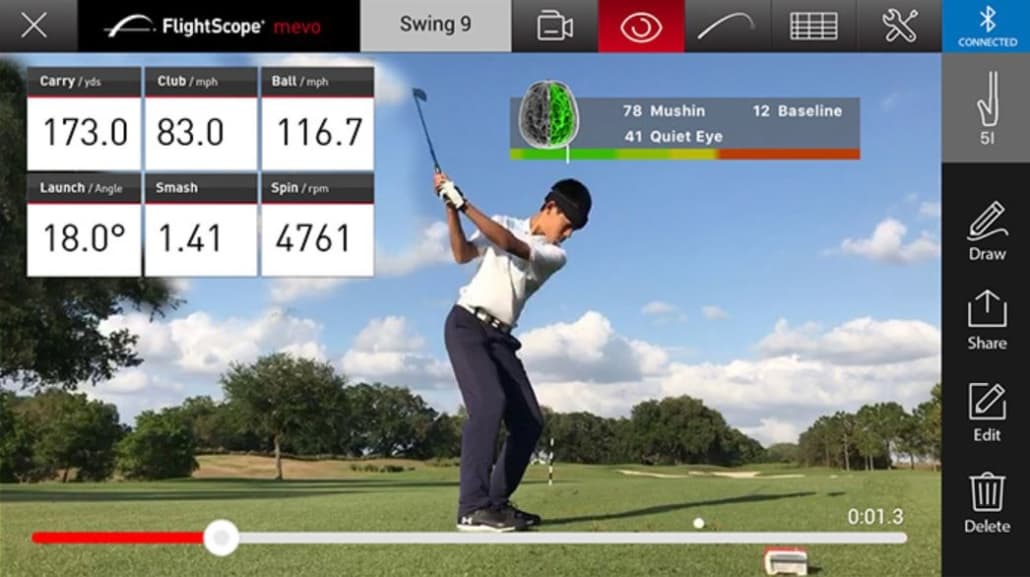
It is so common to go to a driving range and see people mindlessly battering golf balls. They hit shot after shot with no real objective or purpose, does this sound familiar? We have all done this, but by tracking your shots properly you can really start to learn your game, warts and all.
Many ranges now have built-in launch monitor technology and paired apps allow you to take your data home and have a good look at it. In a recent session, I noticed that some of the distances of my irons weren’t quite right and I had to get my lofts checked. I wouldn’t have known this without proper data to prove it to me.
The photometric launch monitors are fantastic tools for looking at your golf game when the wind is really up or if you’re inside. Due to the way that they work, weather doesn’t have any effect on them and the ball only needs to travel a few centimetres in order to get the data that is needed.
Another thing that provides great benefit is the club path analysis that launch monitors provide. Angle of attack, the steepness that your club approaches the ball, has become an area of great interest as it has huge implications for backspin. Also, the rotation of the club through the ball and the face angles at impact can be measured in more detail than ever before now.
So if you want to really get to know your distances, if you really want to get to know how you hit the ball and if you really want to know how consistent you are, a launch monitor will help.
Save your driver money, a launch monitor could be more valuable
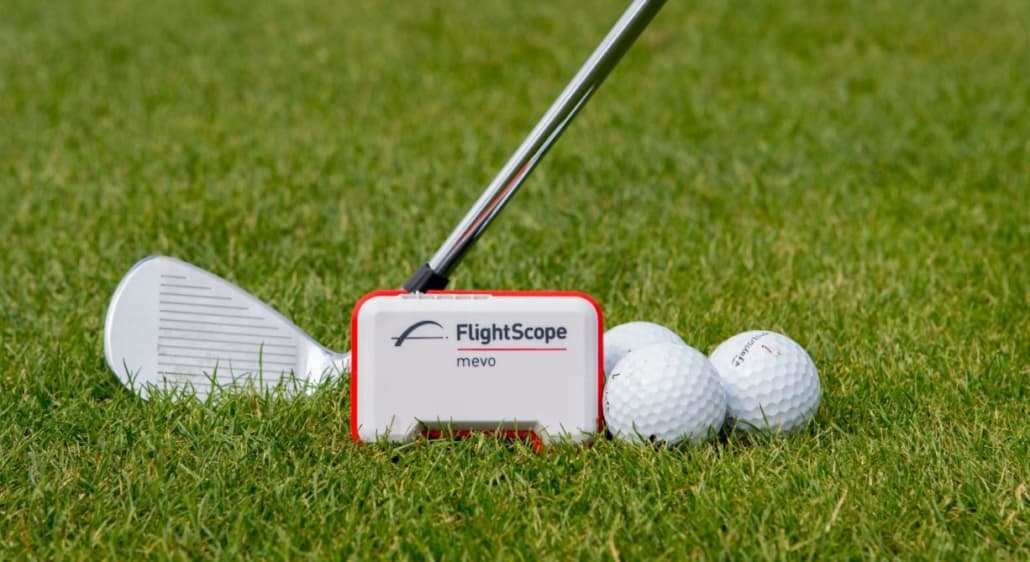
Well, they aren’t cheap. The Doppler-based technology that most of the tour pros use can cost tens of thousands of pounds. If you have that kind of money though, then yes you should by one.
You don’t have to break the bank to access all of this information though. The photometric systems like the ForeSight GC Quad or the SkyTrak cost less and the latter is a very affordable piece of kit. You could even set one of these up in your house and practice through the winter.
If you are really serious about being the best golfer you can be and you can afford one of these things then you should buy one. It isn’t really a question as they will make sure your practice sessions are as valuable as they should be. Do you have to buy though?
Well no, nowadays you don’t actually have to commit by purchasing one. Thanks to the good guys at TopGolf, many driving ranges around the world have in-built systems now. TopTracer technology came from TopGolf ranges and means you can transform your range sessions.
TrackMan also have range versions too. Using these systems can often come at a premium and your hundred balls may cost slightly more but it is certainly worth that extra investment if you are able to make it.
Who makes these magic boxes?
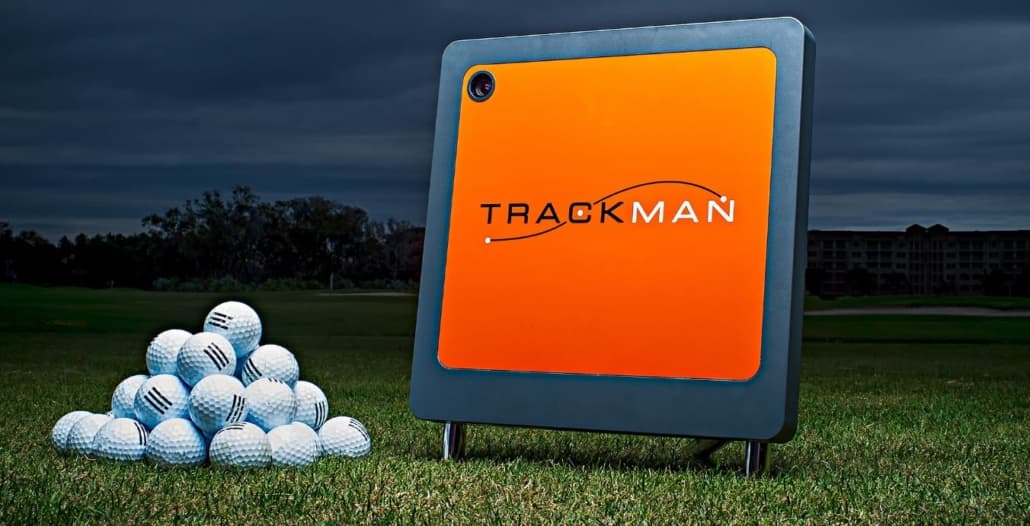
The most famous of them all has to be TrackMan. Those little orange boxes that sit behind the world’s best players are now a fixture of the major tours. This is a dual-radar Doppler system and the other famous version of this is the FlightScope.
This is a big rivalry and rumour has it that the companies were founded by two friends. These are excellent pieces of kit and it’s no surprise that they are so well regarded. FlightScope also offer a portable and affordable version called MeVo which is an excellent option.
Between these two, one of the main differences is at what point they measure the angle of attack of the shot. It seems that FlightScope is programmed to measure as soon as the club touches the ball whilst TrackMan starts at the point of maximum compression of the ball. The differences between these two platforms are minimal. TopTracer, from TopGolf, is also available at selected driving ranges.
On the photometric side of the argument, there are more options. Here you have the ForeSight platforms, their most advanced being the GC Quad which has four cameras or the GC2 with two cameras. These are both great products that give some of the most accurate golf ball data available.
SkyTrak has been positioned as an affordable launch monitor for your home. This is a portable bit of kit that can revolutionise the game of any golfer.
Are Launch Monitors just for tour pros?

These machines were first seen on tour and then they started to appear in the hands of many elite golfers. Over time though, golfers of all levels have started to learn how great a benefit they can be to your game. I will never forget the first time I used one and learned about my game, there is nowhere to hide from the data.
With help from a knowledgeable coach, you will become more consistent than ever if you build the use of a launch monitor into your practice routine. What we measure we can improve and we have never been so able to measure our golf swings.
Interestingly, other sports are now jumping on the launch monitor bandwagon. TrackMan now offers products to football and baseball teams so they can learn about the physics of their balls.
Are they really worth the money?

This is an important question and it is one of the reasons that the price can vary so much. Just to complicate things, the weather can also have an effect on the accuracy of launch monitors. Although this only applies to outdoor use of Doppler systems.
For ball-flight data, TrackMan and FlightScope are incredibly accurate and also very comparable. Between the two systems, if tested side-by-side, you will see only a degree or two of difference. They have a very tight margin for error under indoor and outdoor use.
The photometric monitors are astoundingly accurate at collecting ball data. Given that they tend to be cheaper products, you would expect to be giving up a lot in terms of accuracy. This isn’t the case though, the SkyTrak system is around 98% as accurate as TrackMan. Here is an idea of just how accurate these systems are:
Ball Speed: 0-200 mph (+/- 1 mph)
Launch Angle: 0-55 Degrees (+/- 1 Degree)
Back Spin: 0-12,000 rpm (+/- 250 rpm)
Side Spin: 0-4,000 rpm (+/- 250 rpm)
Side Angle: 0-20 Degrees (+/- 2 Degrees)
I’m in! Where can I give one a test drive?
Excuse that pun, launch monitors are becoming more popular and many PGA professionals have one. This means when you go for a lesson you will really see what is causing your missed shots, it’s not just opinion any more. Many driving ranges are starting to employ this technology to get people through the door too.
TopTracer Technology is starting to take the world by storm and driving ranges around the world are starting to install it. This is a great system that really adds value to your practice sessions. Another option for trying a launch monitor would be an indoor golf simulator or indoor practice facility.
As the value of this data becomes clearer, more golfers will pay for access to it and more facilities will invest.
They’re not cheap are they?
Well this is incredible technology and that costs money. These systems are based on highly technical military systems or use very high speed cameras to give you the data. This kind of stuff is not cheap to build.
They are also giving you something that can revolutionise your golf game and the companies know you will want to invest in that. Launch monitors can be kept for many years, if you will pay hundreds for a new driver then this is arguably a more worthy investment.
Conclusion
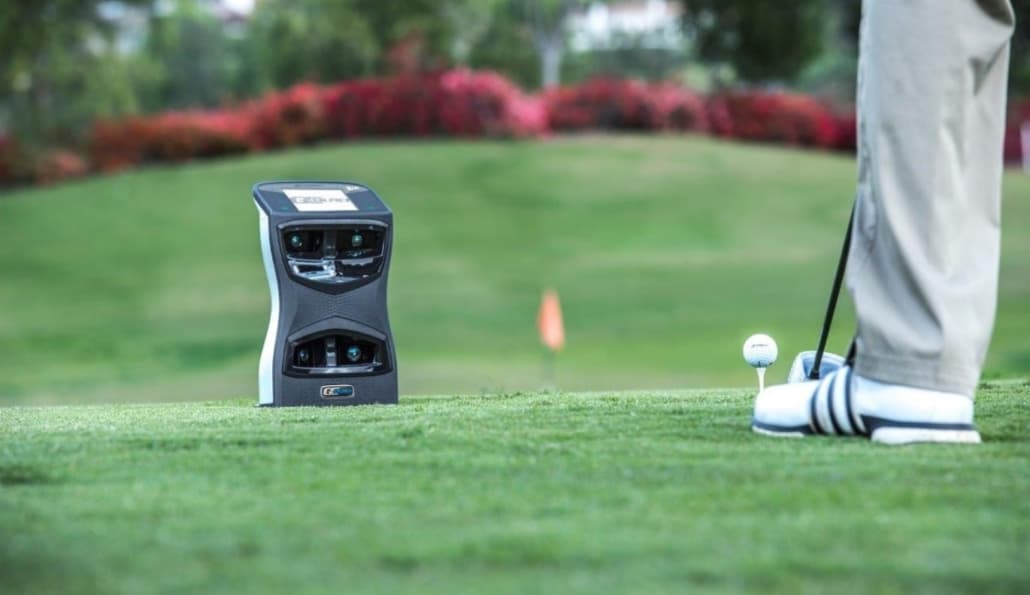
Launch monitors have given us actual data to represent what a golf ball does during flight. They have helped us work out basic things like what causes a fade, a draw or a hook and it turns out that many experts had it wrong. They have even taught us how specific shots should be played.
Launch monitors have helped teach players how to play in wind and how to control a ball properly. The best part of all of it is that you don’t need to be like Bryson DeChambeau to use one. These are one of the most revolutionary technologies since titanium in drivers.
Like most consumer products, there are many companies out there fighting for your money and each of them do it in a different way. You need to decide what kind of platform you would like to use but both will hugely help your game.
One of the scary things about seeing your game on a launch monitor is that it can be ugly to start with. It’s like seeing your swing on camera for the first time. Well, this is like seeing it with a microscope.
You may see things you don’t like, you almost certainly will. However, once you’ve seen it you can start to improve it. You can learn more about your golf game than ever.
Golf is the relentless pursuit of improvement. Technology like launch monitors are a new player in our journey and one we should embrace. Don’t fear the data, use it to build a better swing.
If the best players in the world rely on them to the extent that they do, this tells you how valuable they are. Find a pro or a range that has this technology on offer and give it a shot. With the right expert beside you, you will get some fascinating insights into the physics of golf and your swing.
Join the revolution, it has begun.



